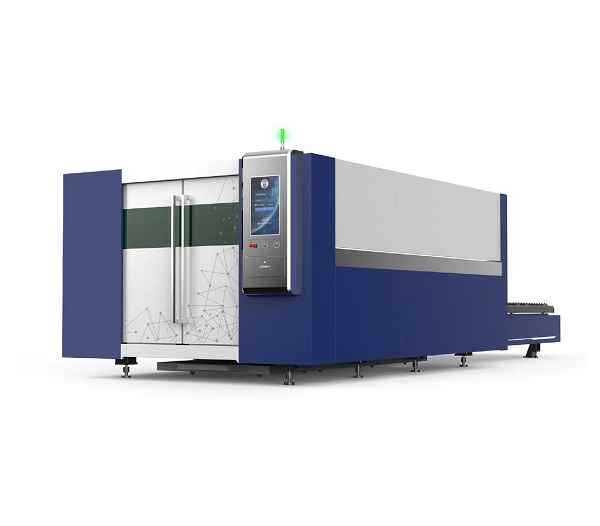How to Choose the Right Laser Cutting Machine
Selecting a laser cutting machine isn’t just about power or price—it’s about matching the system to your material types, thickness range, production volume, and integration needs. Many buyers overlook key factors that affect long-term performance and cost of ownership.

Material and Thickness First
Start by listing the materials you cut most often (e.g., mild steel, stainless, aluminum) and their typical thicknesses. Fiber lasers excel on metals up to 25 mm, while CO₂ lasers may still be preferred for non-metals or very thick stainless. For thin-sheet high-speed cutting (e.g., <6 mm steel), a 2–4 kW fiber laser cutting machine often offers the best balance of speed and operating cost.
Consider Total Cost, Not Just Purchase Price
Look beyond the initial quote. Factor in electricity consumption, assist gas usage (nitrogen vs. oxygen), maintenance intervals, and spare parts availability. A machine with lower power consumption and modular design can reduce downtime and service costs over time.
Automation and Integration
If you run high-mix or high-volume production, evaluate loading/unloading options—sheet towers, pallet changers, or robotic arms. Ensure the control system supports standard interfaces (e.g., EtherNet/IP, PROFINET) for connection to your shop floor software.
Reliability Over Features
Avoid being swayed by “smart” dashboards if core components lack proven reliability. Ask for references in your industry and request a live demo with your actual parts. Check beam quality (M² value) and cutting speed data under real conditions—not just catalog specs.
In summary, the best laser cutting machine for your shop is the one that consistently delivers required cut quality at the lowest total operating cost, not the one with the highest specs on paper. Focus on fit, not flash.
Recent Posts
- What are the advantages of laser welding machines in lithium battery pack production lines?
- What issues should be noted when choosing a lithium battery pack production line?
- Quality Inspection and Control of Lithium Battery Module Pack Production Line
- Cell grouping and sorting process in lithium battery module pack production line
- What are the safety hazards of lithium battery pack production lines and how can they be prevented?
INQUIRY

